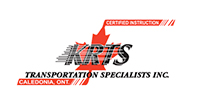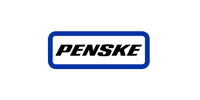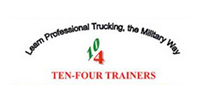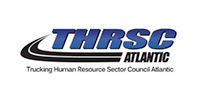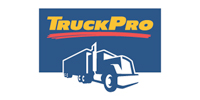By RoadPro Family of Brands
Mobile technology has revolutionized truck driving, making drivers more connected than ever before and changing how they work, relax and interact. Here are five ways it’s happened:
Connections – Though trucking still comes down to a driver and a truck, the job is a lot less lonely than it used to be, thanks to the smart phone. No other piece of mobile technology has done more for truckers. It offers instant connections with friends, family and work; it’s also a safety device and source of entertainment.
“I don’t have to look for a pay phone on a street corner in the rain or cold, blowing wind. Now, I sit in my truck and make my phone calls,” said Gary Wiggins, a Texas-based owner-operator.
While smart phones keep drivers in touch with family and friends, they’re also business tools.
“I use my phone to call agents about loads. Then I have the agent email the pickup and delivery information. Then I print that information out on my printer in the truck. After I deliver a load, I call the agent on my cell phone to let them know their load has been delivered. Then I scan the paperwork and BOL and email that to the company that leases me in order to get paid. I get paid online, I pay my bills online,” Wiggins said.
Navigation – Truckers do still get lost on occasion, but it’s much more rare than it used to be, thanks to GPS technology. Satellite navigation, backed by apps that provide up-to-date maps, weather conditions and road construction, make it easier for drivers to arrive safely and on time.
“No more getting majorly lost,” said RoadPro Pro Driver Council member Brita Nowak. “I know my ETA; I calculate miles on (my GPS); even do my still-paper logbook with it.”
“GPS tracking has its flaws, but for the most part it is a plus to have,” said Pro Driver Council member Ryan Sexton. “In the event of an emergency, my truck can be located within a mile of my last location.”
Entertainment – Laptops, tablets and smartphones put a world of entertainment at the disposal of drivers. They can binge on Netflix in their sleepers, listen to audiobooks and music, or play Xbox as well as they could in their living rooms. That makes nights on the road a lot more bearable.
Accountability – Drivers like to say that they could never be cooped up in an office; ironically, their whereabouts are probably more closely tracked than that of many office workers. GPS devices on trucks and e-logs tell employers exactly where drivers are and, in many cases, how they’re driving. Schedules are tighter than ever and variances aren’t tolerated.
RoadPro Pro Driver Council member and reefer driver Joanne Fatta is well aware of how closely she’s monitored. “The newest technology is a device that actually tracks the temperature of the refrigeration unit throughout the day and how long my doors are open. As soon as the unit shuts down for any reason a phone call comes in immediately from my company,” she said.
And dash cams record video of driving behavior, while engine telematics track speed and acceleration, all of it information employers can use to monitor drivers.
Drawbacks – Though there is no doubt that mobile technology has made trucking easier, safer and more profitable, some drivers feel something has been lost along the way.
“Electronics is a double-edged sword,” said William Kolias, an owner-operator in New Hampshire and driving instructor. While electronics has removed a lot of the inefficiency from the industry, it has pushed the human element – the driver – to the limit, he said. “The company, out of competitive necessity, is requiring that the driver perform more and more like an electronic machine. Some days we can come close, but there are some days when we can’t, because we are human. And there’s little tolerance or patience with a driver as the weak link in the electronic chain,” he concluded.
Ironically, while mobile tech has made it easier for drivers to keep in touch with family and friends at home, some say the ubiquity of smart phones and tablets has come at the expense of traditional driver camaraderie at truck stops and diners.
“People don’t talk to one another anymore when they are sitting at tables,” said Maggie Riessen, a Pro Driver Council member.
Technology and trucking will remain inextricably linked and drivers will continue to adapt mobile tech to make their jobs easier and to remain competitive. “The way I look at it, technology has its positives and negatives, but we can’t change it and we just have to go with it as a company makes advancements,” Fatta said.


























